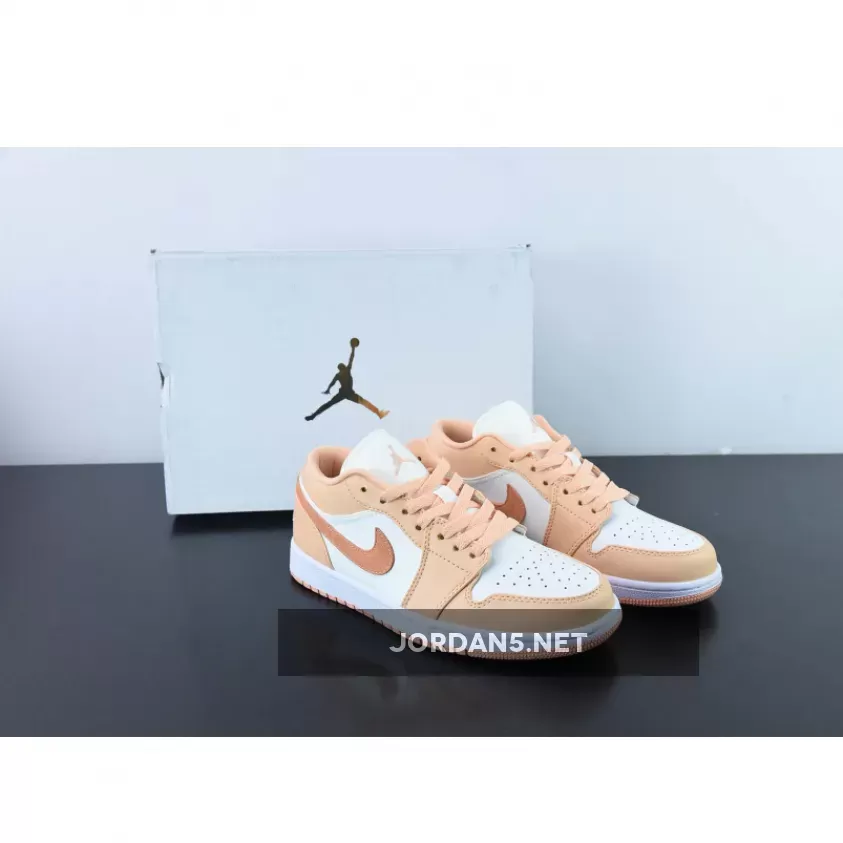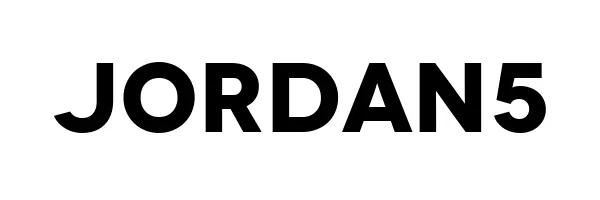The world of sneakers has seen its fair share of craziness over the years, but the recent frenzy surrounding Air Jordan 1 Lows has left many collectors and enthusiasts scratching their heads. Why is it that a simple low-top basketball shoe can elicit such fervent demand? The answer lies in a complex interplay of factors, from supply chain disruptions to cultural nostalgia.
Let’s start with the most obvious culprit: COVID-19. As we all know, the pandemic has had far-reaching consequences for global trade and manufacturing. In 2021, several major sneaker manufacturers based in Vietnam were forced to shut down due to concerns over worker safety and containment measures. This sudden loss of production capacity led to a ripple effect throughout the supply chain, causing delays and shortages that persist to this day.
Fast forward to 2022, when the world was primed for a new wave of Air Jordan 1 Lows. With the initial hype around Travis Scott’s collaboration with Jordan Brand having died down, collectors were ready to pounce on fresh designs and colorways. But just as they thought they’d get their hands on some coveted J’s, reality set in: stock levels were woefully low, and pre-orders were being met with “unavailable” messages.
Another factor contributing to the scarcity of Jordan 1 Lows is the sheer demand from certain demographics. Let’s be real – the youth are driving this sneaker craze, and they’re willing to go to great lengths (and sometimes questionable means) to cop those limited-edition drops. Add in the influence of social media platforms like Instagram and TikTok, where sneakerheads showcase their fresh kicks and share coveted links with their followers, and you have a recipe for chaos.
Furthermore, there’s an undeniable cultural aspect at play here. Air Jordan 1 Lows have become status symbols within the sneaker community, with some collectors seeking out specific colorways or collaborations to prove their dedication and taste. This has created a self-perpetuating cycle of demand, where fans feel compelled to chase down those elusive shoes just to stay relevant.
Of course, there’s also the elephant in the room: reselling. With the rise of online marketplaces like StockX and eBay, opportunistic sellers are capitalizing on the scarcity by flipping rare Jordan 1 Lows for exorbitant prices. This has created a new level of competition among collectors, who must now compete with professional resellers to get their hands on the shoes they want.
As we continue to navigate this wild ride of sneaker culture, it’s essential to recognize that there are no easy answers or overnight solutions. The shortage of Air Jordan 1 Lows is merely a symptom of a broader issue – our society’s obsession with limited-edition goods and its willingness to bend the rules to get ahead.
So, what can you do? Be patient, stay vigilant, and keep an eye out for those elusive drops. Better yet, consider supporting smaller, independent sneaker brands that prioritize quality over quantity. Remember, it’s not just about the shoes – it’s about the community and the culture they represent.
In conclusion, the scarcity of Air Jordan 1 Lows can be attributed to a combination of factors, including supply chain disruptions, cultural nostalgia, and the allure of limited-edition goods. As we look to the future, let’s prioritize building a more sustainable sneaker ecosystem that values quality over quantity and rewards those who are willing to put in the work for their kicks.
 CLICK HERE TO Buy Air Jordan 1 Low Sunset Haze DC0774-801 #haze jordans
CLICK HERE TO Buy Air Jordan 1 Low Sunset Haze DC0774-801 #haze jordans
